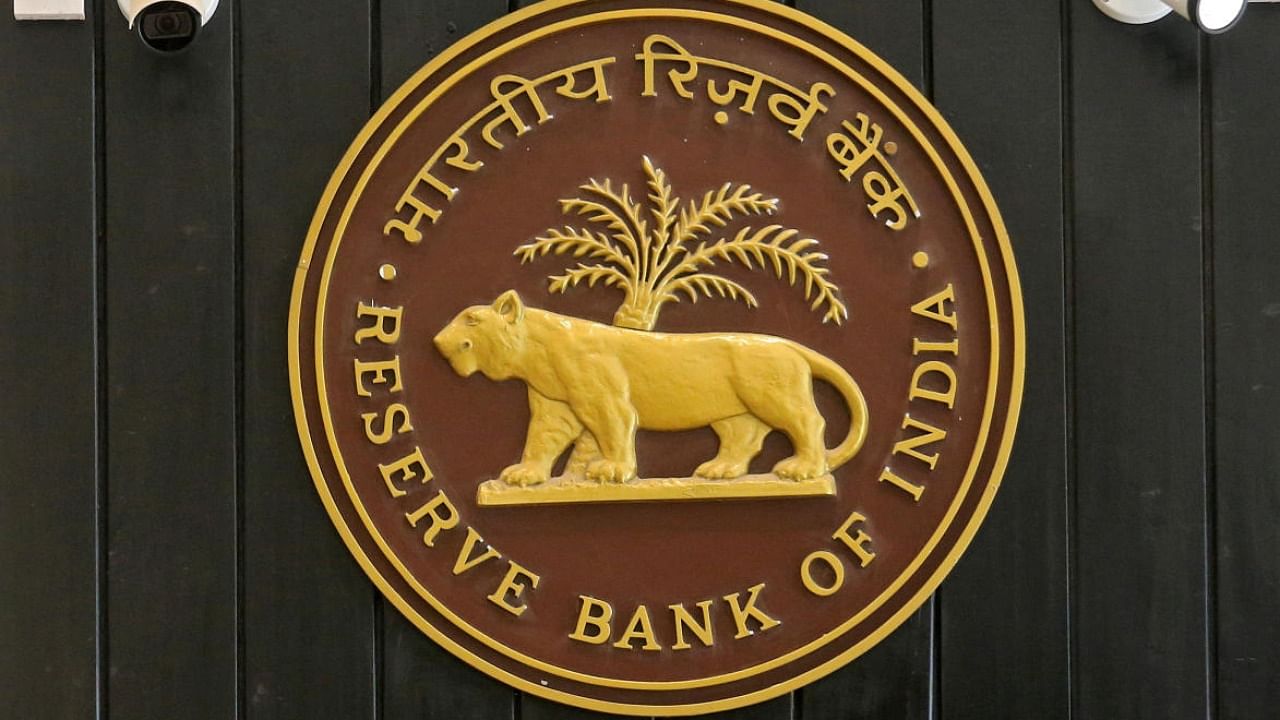
The MPC meets six times a year, in the first week of April, June, August, October, December, and February.
Credit: Reuters file photo.
The monetary policy decision on October 6 by the Reserve Bank of India’s Monetary Policy Committee (MPC) has raised concerns. The key interest rate, known as the repurchase rate (repo), at which banks and primary dealers borrow funds against collaterals of government-issued securities for short-term loans, has been kept unchanged at 6.50 per cent, fixed in February 2023. This will continue until the next MPC meeting in December, influencing aggregate demand and determining growth, besides price stability, including the domestic purchasing power and the external value of the rupee.
The MPC meets six times a year, in the first week of April, June, August, October, December, and February. The data on inflation for the previous month is available only in the second week of the month. For example, when MPC met on October 4–6, it had no data on September inflation, and it had to base its decision on August inflation, which was 6.83 per cent. This practice should be discontinued. The MPC should meet only in the third week of the month.
After the decision, the RBI Governor spoke on the inflationary potential stemming from the adverse food situation due to El Nino and uneven rainfall across the country: a negligible rise in area under food grains and a decrease in area under pulses and lentils. He also recalled the ‘tomato famine’ and high prices of vegetables, pushing retail inflation to 7.44 per cent in July and some marginal relief offered by the fall in August inflation to 6.83 per cent.
The governor referred to low core inflation, which is less than retail inflation. Retail inflation is consumer index-based, including all final consumer goods, which are targeted. The core inflation excludes prices of volatile food and fuel items and is usually below 5 per cent and less than retail inflation (6.83 per cent). He knows that niceties, by definition, do not matter to the common man. The governor told the nation that the RBI’s inflation target is 4 per cent, though it allows a margin of 2 per cent, either way, plus or minus 2 per cent, and not the range of 4 per cent to 6 per cent.
Last month witnessed the advanced countries calling off their more than a year-long anti-inflationary campaign. The US Federal Reserve raised the interest rate to 5.50 per cent in July 2023 by 525 basis points, bringing down inflation from a high of 9.1 per cent in March 2022 to 3.7 per cent in August 2023. Immediately after increasing the interest rate to 5.25 per cent, the Bank of England announced no more hikes. Inflation has fallen from 11.10 per cent in October 2022 to 6.7 per cent in August. The European Central Bank increased its key rate to 4 per cent and signalled the end of hikes, with inflation at 5.3 per cent in August. In all three cases, inflation was above the 2 per cent target. All three advanced countries wanted their economies to grow, as fears of recession have receded. The oil-exporting countries soon took the hint. Crude oil prices spiked, with Brent crude now ruling around above $90 per barrel.
The efficacy of the inflation target as an instrument for anchoring inflation expectations is now under scrutiny. In the August 2023 Jackson Hole Symposium in Wyoming State, organised by the Fed, the world central bankers discussed the changing environment. They noted rising trade barriers and a transition from fossil fuels to renewable energy, which required high investments in renewable energies and resulted in rising demand for raw materials, all of which stepped up aggregate demand. The ageing population and shrinking labour market have created supply shocks. The message is that the “new environment” will give rise to much larger price shocks than ever before.
India’s challenges, in the context of impending elections, abound now. There are growing risks to consumption demand, rising global crude oil prices, and the eventual pass-through of energy prices affecting all sectors. The widening spread between Indian and US sovereign bond yields and the resultant outflows of short-term capital in pursuit of higher short-term gains elsewhere weaken the exchange rate. Foreign exchange reserves are falling. They fell by $3.8 billion to $586.9 billion for the week ending September 29. This is a larger decline compared to the decline by $2.3 billion to $590.702 billion in the previous week. The trend might continue in the event of higher inflation expectations with the dovish pause. The only way to protect the Indian rupee is through price stability. Assured stability through firmer anti-inflationary measures sends an effective message to overseas investors.
A small rise of 25 bps in RPO at this critical juncture would have been more appropriate for ensuring both domestic and external price stability and for raising the credibility of the RBI in its efforts to firm up inflation expectations.
(The writer teaches at Amrita School of Business, Bengaluru)